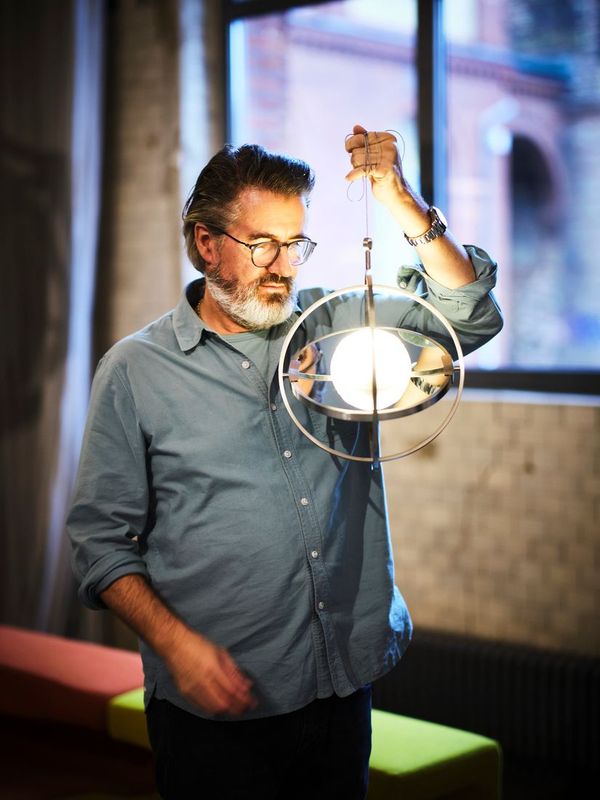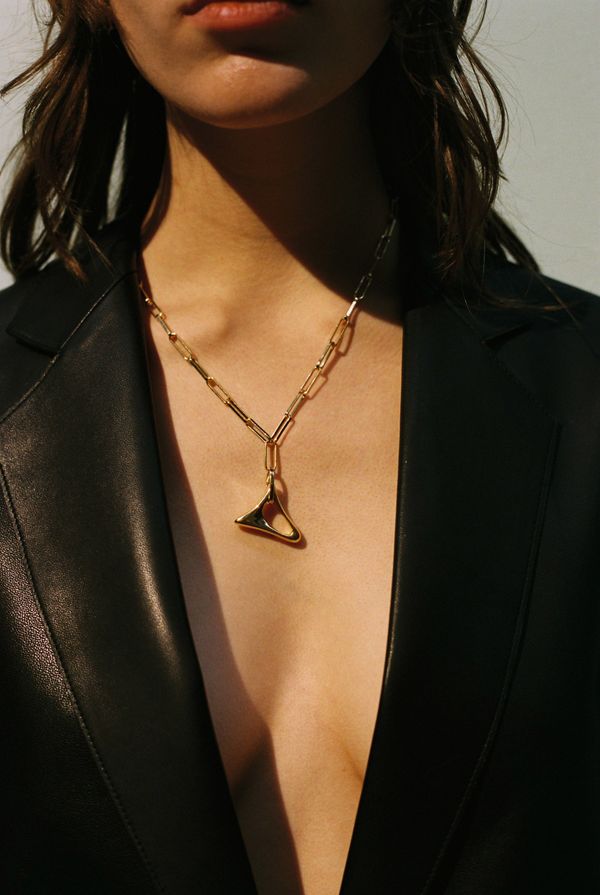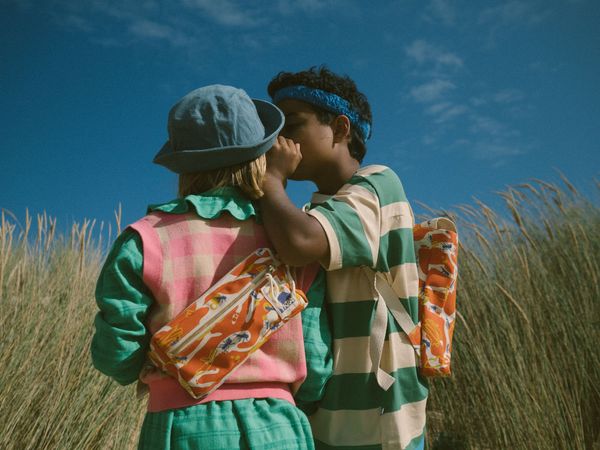Why is there too much freedom on the canvas, why is brand building important even in a narrow field, and why don’t instant ideas work for installations? Adrian Kiss, who will soon have another solo exhibition in Košice, Slovakia, talked about this.
Was there a memorable moment in your childhood or youth that launched you towards a career as an artist, or was it the result of a slowly matured decision?
Yes, I have a specific memory from my childhood when I decided to do this. I used to order Mickey Mouse coloring books with my mom, it was cool at the time, and I saw it on Cartoon Network. It wasn’t easy to get them, because it was 1994 in the small mining town of Bălan, Romania. I saw Mickey Mouse painting the Eiffel Tower in the coloring book and I said I wanted to be like him. Later I started to study painting at university, but then I changed my mind completely because I realized that it gave me too much freedom. I didn’t end up becoming Mickey Mouse painting the Eiffel Tower, but it was a good start.

Have you experienced that as an installation artist, it’s more difficult to get your work seen than in more traditional art forms? As an outsider, it seems that there are still relatively fewer places to see installation exhibitions in this country.
If I didn’t do this for a living, I guess I would consider it a harder way, but I’ve found that painting is no easier road either. As I mentioned before, you can put anything on canvas, you can shape the view in any way you want, and you have to be determined about what you want to do. You can experiment, develop your own style, have your references, and put them into context somehow. I didn’t manage to do that, I found my limits in materiality and scale, and I realized that I could create large installations and assemblage-like works of art made up of objects much more easily in a way that reflected my ideas. It was easier for me. Now I find that it’s also easier to exhibit my work because there are many painters and a lot of competition, but there are far fewer artists creating these interdisciplinary, multi-media works. From a branding point of view, it is also important that these large-scale installations are very visual, they look good in a photo, so it’s easier to promote them online, which has helped me to get my work more easily recognized at home and abroad. Of course, there’s the logistical side of making, transporting, and exhibiting them, as well as selling them. It’s not really common practice in this country for a museum to buy an exhibited installation, let alone a private person.
What materials and tools do you prefer to work with and what do they mean to you?
I try to create an atmosphere or mood with my installations, and I try to convey my feelings through my works. These monumental constructions that I like to build are basically very simple structures. Iron was the first material I started using because it is easy to shape and easily accessible. They are to me like a frame for a painter’s canvas. And because I’m always thinking in 3D, I use panel-like elements, usually made of textiles. Textiles are another basic material that I love to use; sometimes I see myself as a bit of a frustrated fashion designer who has never designed clothes before, maybe wants to, but hasn’t yet fulfilled it. I loved textures as a kid, I would always try on my mom’s clothes. In my work, I try to find a connection between the human body and things that are close to it, and clothing is very close to me, but I’m also interested in design and furniture.




The short film Dunyha Tomorrow also gives a detailed insight into the creative process. It’s about a long-form art project that harnesses the forces of nature: do you always take this much time and planning to create your work, or do you also do shorter, spur-of-the-moment pieces?
I always think in terms of projects that I make for exhibitions. I like to tie them to a place, an atmosphere, often closely linked to the exhibition space itself. But of course, there are also other locations: the Dunyha Tomorrow installation was taken to the Three Border Mountain in Budapest with director András Heszky. The longest process is always figuring out where it comes from, what kind of work I want to show, and how to put it in the right context. Dunyha Tomorrow was also on the shelf for at least three years before I found the perfect opportunity. The longest work in progress for this project was on display on the Trafó terrace for eighteen months. We put it up just the day before the Covid lockdown in March 2020, and initially, I wanted to leave it out for six months, but it ended up spending three times as long because everything was closed and no exhibitions could be held. In hindsight, I see that it needed that time to transform—the whole point of the project was to show the performativity of the objects, how it was, how it became, with the weather as the mediator. Of course, I also have spontaneous ideas, I quickly sketch them, but I don’t usually develop them right away because they don’t have a place yet, I have to find an exhibition and a project that will fit. I have a whole folder of these works waiting for the right opportunity to use them.
What motivates you before you embark on a big project and where do you find inspiration?
Much of my inspiration comes from my childhood, from Bâlan and Miercurea Ciuc, Romania. There are a lot of brutalist, social-realist buildings here, they have a special geometry and use of materials that has been with me ever since. In contrast, we used to attend mass in the Orthodox church on Sundays, the smell of incense is still a vivid memory, and I look forward to the opportunity to use it in a work. I also draw a lot of my visual inspiration online, what I enjoy about it is that in the noise of the internet, images lose their original context, and they become dehistoricized when they are downloaded and used. In my work, I also try to erase where my references come from, but this requires me to get to know them thoroughly first. My third important source of inspiration is found objects, and compositions I find in the city.

Are you planning to exhibit somewhere in the near future?
I am preparing a solo exhibition at VUNU Gallery in Košice: I won the gallery’s competition this year with curator Lilla Lipusz. It opens on 21 June. The exhibition space is a sunken pool, made of concrete, a neutral space with a uniform texture, where you have to descend, but you can also view the works from above. There will be large installations, textile works, and ironwork—it will be a very exciting project.

Adrian Kiss Web | Instagram | Facebook
Cover photo: Dunyha tomorrow acb gallery, Budapest, Hungary 2021, photo: Imre Kiss

IKEA launches solar-powered light sources designed by Olafur Eliasson

AERON launches its first 2023 jewelry collection










